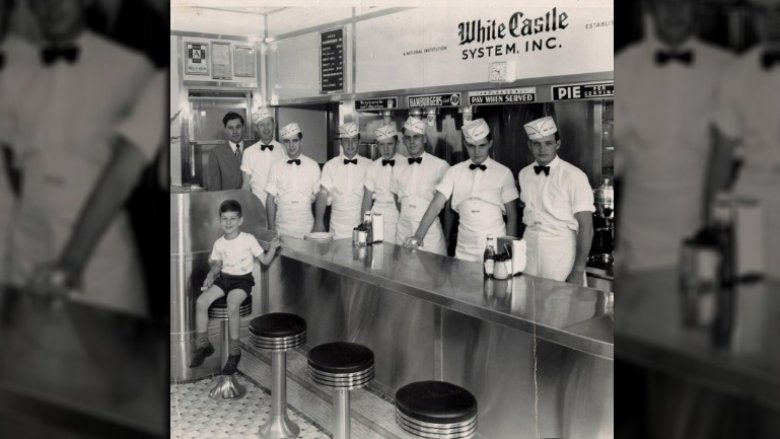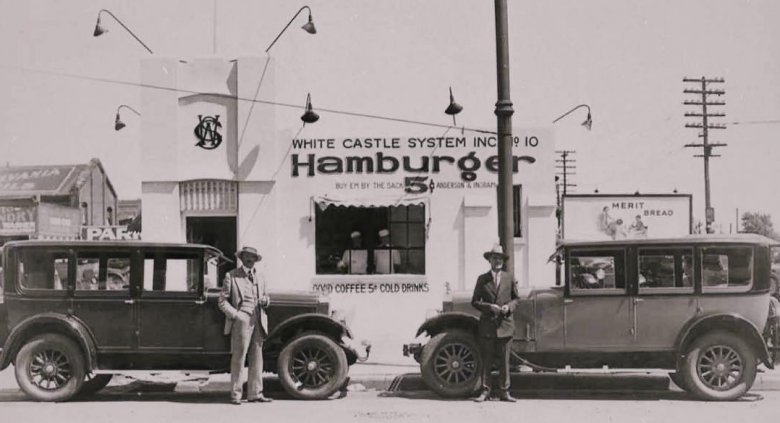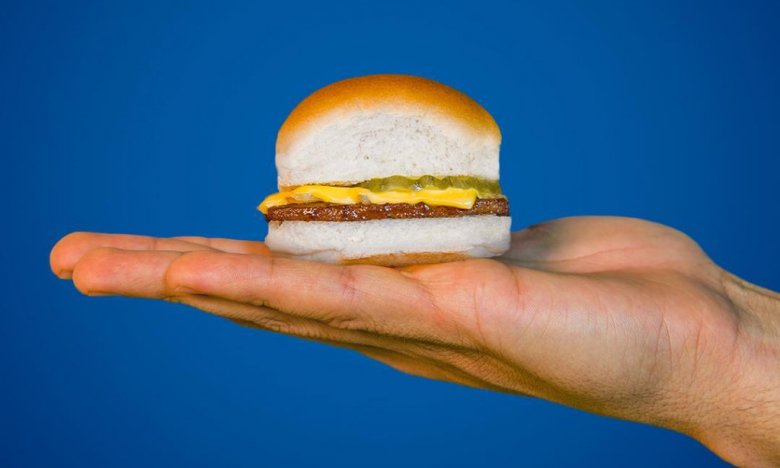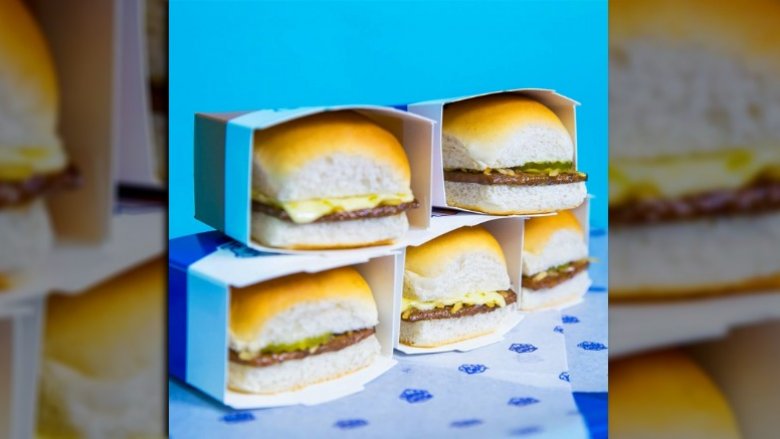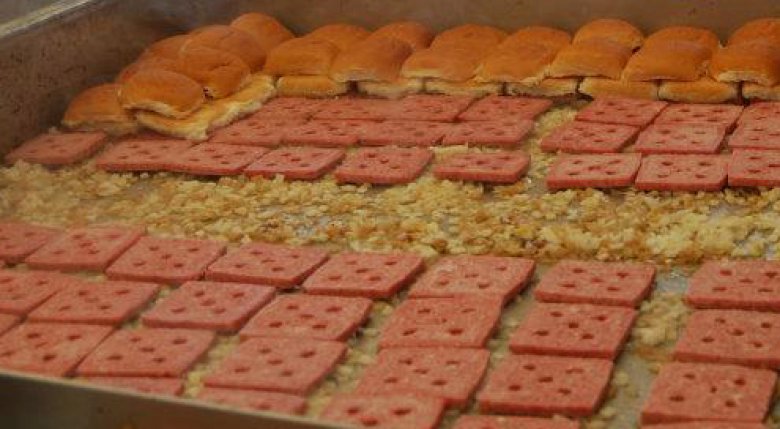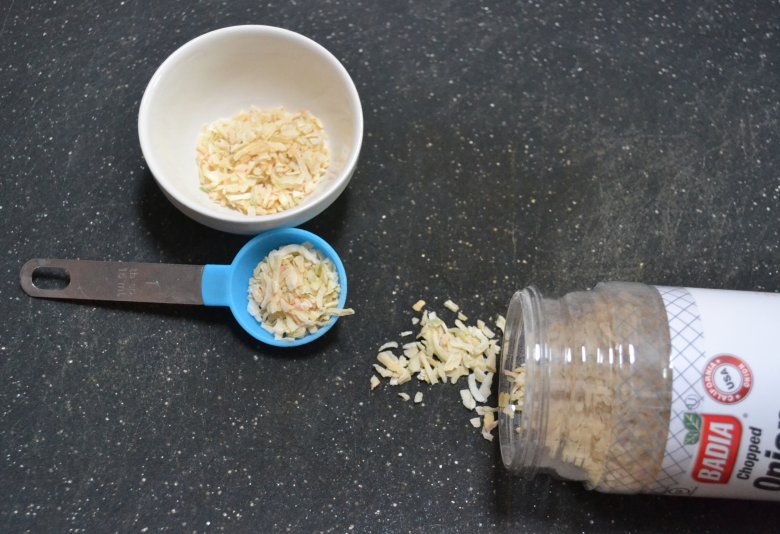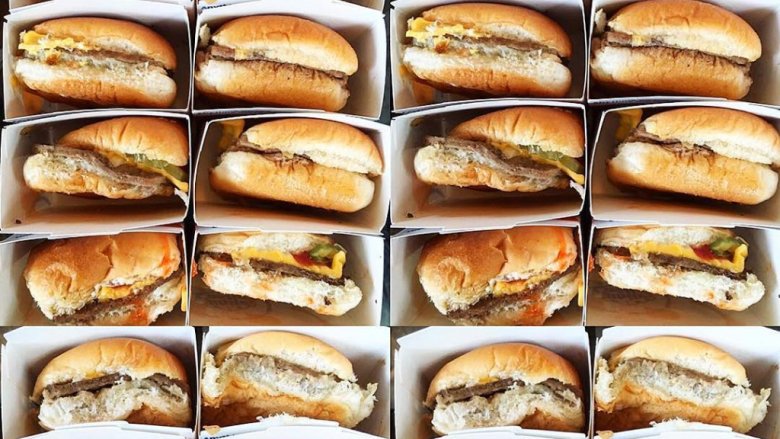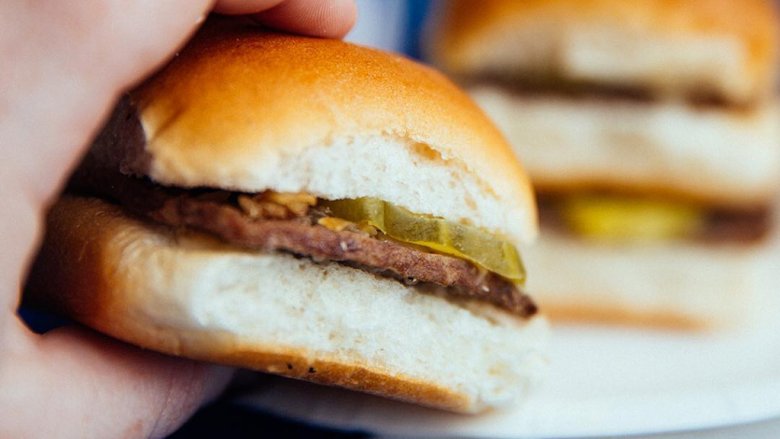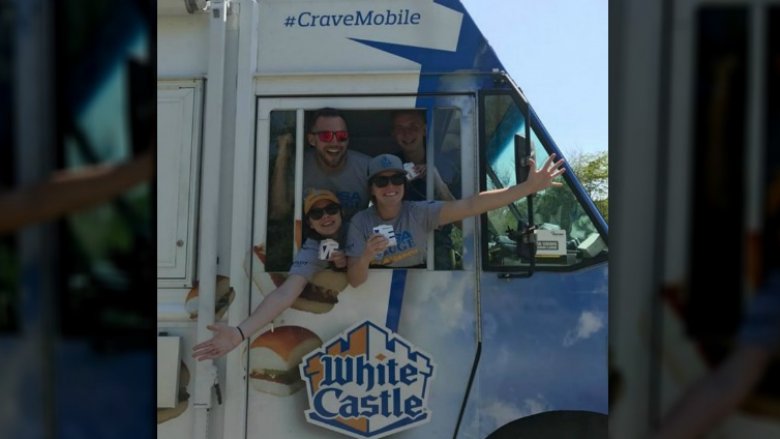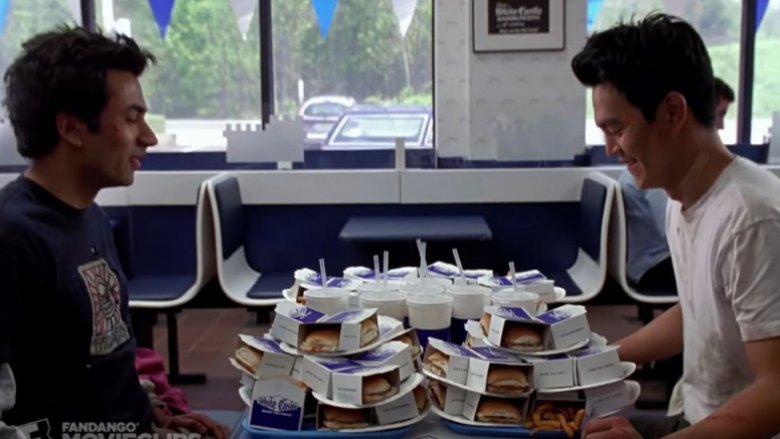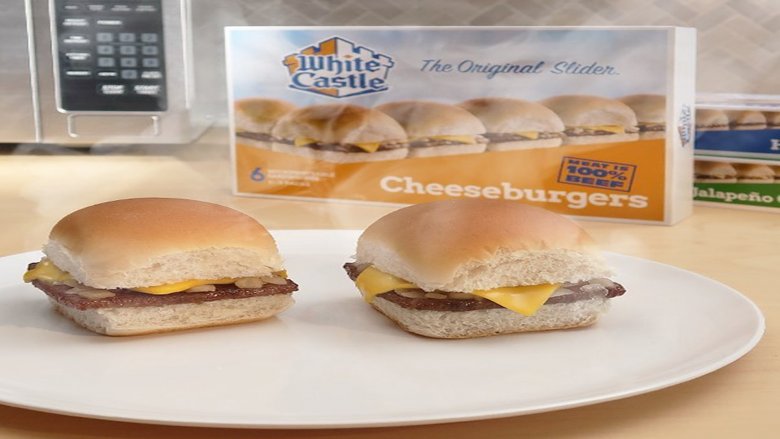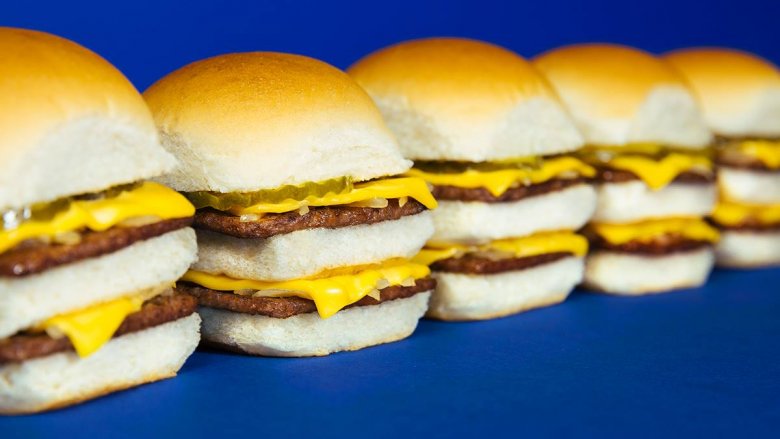What You Don't Know About White Castle's Famous Sliders
You know how all the popular eateries of today boast of fresh ingredients, unique toppings and clean places? White Castle might be the last place you think of when you think of those things, but that's exactly how they became famous. Yes, that same place where Harold and Kumar went to chow down on a ton of sliders was at one time the pinnacle of innovation, and for good reason. In fact, White Castle was responsible for changing the entire way Americans eat — and the way we think about some of our favorite foods. And they owe it all to a teeny tiny hamburger. Here's the story of the slider, White Castle style — and everything you need to know about it before you order your next case.
They were the first fast food hamburger
It's hard to think fast food history and not have McDonald's come to mind, but America had a few chains before the Golden Arches became what they are. You can make a pretty good case that McDonald's was just taking what White Castle did and making it bigger.
Edgar Waldo "Billy" Ingram, an insurance guy, and Walter Anderson, a restaurateur, decided to go into a little venture in 1921. Hamburgers — a newfangled "sandwich" that had been around for about 30 years (depending on which origin story you fancy) would be the main food fare. From that first store in Wichita, Kansas, they expanded two years later to El Dorado, Kansas; then shortly thereafter Omaha, Nebraska, all on the strength of their hamburgers. They quickly became the first hamburger fast food chain in the world.
There's a reason the castle is white
Ingram and Anderson's plan of selling hamburgers seems like a no-brainer today, however plunging into the meat business was the Bitcoin of the 1920s. Think about it, the duo wanted to sell hamburgers at a time when Upton Sinclair's The Jungle still had people thinking the worst about processed meats. Ingram and Anderson decided they would show how pristine their place (and more importantly their product) was by painting the building white and using stainless steel on the inside so no stains could hide anywhere. Castle stands for strength and the white, that's the clean. Stainless Steel Castle does sound pretty baller, but they settled on "White Castle" instead... whateves...
They're small for a reason
White Castle had a secret to getting their burgers out quickly — they were wicked tiny (and they still are). White Castle designed their burgers super thin and seared them on both sides to seal in flavor. If that sounds remarkably familiar, that's because Steak 'N Shake, Five Guys, and even McDonald's do the same thing. And of course, the thinner the burger the quicker the cook time. The burgers are so thin that in one pound of beef you can make 18 sliders! That's also something to keep in mind the next time you order 18 of them.
They stopped flipping their burgers
White Castle used to flip their burgers, but that was the slow way. White Castle's new method of cooking is to "steam" the burgers by resting them on a pile of onions, and the heat cooks the burgers via "onion steam." The bottom bun is placed on the still cooking and in the state of raw burger to create that steam bath of delicious onion flavor that gives the White Castle burger its unique flavor. But coming up with the perfect method to steam them wasn't easy.
Their patties have a special design
After 30-plus years in business, White Castle still wasn't fast enough. You see, back in the 1950s they were still doing the flip and sear on both sides method, but it was simply taking too long to cook the burgers. Earl Howell, a White Castle cook in Cincinnati, couldn't get the burgers out fast enough and knew there had to be a better way. He suggested that by placing holes in the meat patties they would cook up quicker, and eliminate the need for a flip. The general idea is that with a hole in the burger the heat would go through the hole, and with a bun on it they'd cook both sides at the same time. And it worked! By the end of 1954 every White Castle cooked with five-hole burgers and threw away their spatulas. Well, not really, they still needed them to get the onions off the grill, but they didn't flip their meat anymore.
The onions
Speaking of those onions, that's what really makes the White Castle slider a White Castle Slider. Back in the day, the onions were freshly cut and spread all over that hot, piping grill. But as the years went by, White Castle simplified things a bit; the onions are now rehydrated. Think McDonald's onions if you're not familiar with the concept — or the ones you can purchase from a jar your local grocery store. Each slider ends up with a little less than two ounces of onions, – just enough to carry that onion flavor into every bite.
The burger content
So what's actually going on under the bun? White Castle boldly claims they use "100 percent" beef. That fairly non-specific brag doesn't really mean anything. Ground beef can be any cut of cow, and the Department of Agriculture says it can't have more than 30 percent fat. So how much fat does White Castle have exactly? Each tiny slider packs 6 grams of fat — 2.5 of which is saturated. And with all that fat comes the calories, with 140 a slider. So if you pick up a Crave Case (30 sliders) you're looking at almost 4200 calories.
They conducted a study to prove they were healthy
In the 1930s, hamburgers were still thought of as some evil concoction of mystery meats. Well, that's sort of still the case today, but back then it was worse; nutritional books warned that eating hamburgers was akin to munching on arsenic. White Castle did the only sensible thing, they set out to "scientifically" establish that you could and should eat hamburgers.
Billy Ingram, the White Castle co-founder, commissioned University of Minnesota Physiological Chemistry professor Jesse McClendon, Ph.D. to show that people could eat White Castle burgers and be perfectly healthy. Bernard Flesche, a med student at the university, became the test subject. Over 13 weeks, he ate only White Castle burgers and drank water — nothing else. The idea of free food seemed like a good idea at first, but a few weeks in Flesche was pretty sick of sliders. Amazingly, he soldiered on and completed the 13 week diet, downing as many as 20 sliders a day.
The study, Ingram said, showed that people, "Could eat nothing but our sandwiches and water, and fully develop all physical and mental faculties." Ingram spun that into an ad campaign and it certainly didn't hurt sales — which more than tripled in the decade. As for Flesche, he became a doctor and died of heart problems at age 54. His daughter famously claimed that he never willingly ate burgers again.
They have a food truck
White Castle's aren't everywhere. There are just over 400 stores in roughly 13 states, so there's a pretty good chance you may have never had a White Castle slider. Yes, there are other small "slider type" burgers out there (Krystal chief among them), but if you want the real thing, there's a possibility a White Castle could come rolling into your neck of the woods — literally.
In 2015, White Castle parked a food truck outside an Orlando theme park (It was Fun Spot, not the one with the mouse), and six hours later they had sold 10,000 sliders. For an area that doesn't have a White Castle, the White Castle Crave Mobile truck hits the spot for a touch of nostalgia and high cholesterol. The trucks hit the road in 2013, mainly going to events such as NASCAR races or fairs. So if you see a funny looking truck that smells like onions, it could be White Castle.
Harold and Kumar almost didn't go to White Castle
Harold And Kumar Go To White Castle might be the most well-known White Castle entertainment appearance, but it's not the first. There's the song from The Smithereens, White Castle Blues, or if you're old school you may recall that The Beastie Boys taught everyone, "White Castle fries only come in one size," (it's not true, but that's artist flare for ya). But let's be real — when you hear White Castle you think Harold and Kumar.
However, you won't believe how close it was to not being the slider joint. The movies' producers first approached Krispy Kreme to make them the munchies location of choice, but they respectfully declined. Something about the plot being a couple kids stoned out of their minds didn't set will with the image they wanted to sell donuts. White Castle seized the opportunity and etched their name into pop culture history.
They're the number one seller of frozen burgers
If there isn't a White Castle in your state, and nary a food truck on the road, there's another option to get some. White Castle actually began selling frozen burgers in 1950, and in 2014 the grocery sales accounted for 19 percent of all total revenue. They are the number one seller of frozen burgers, which is no small feat considering the competition. The frozen burgers come from the same factory that produces the ones sold in store; the only difference is a pickle. Pickles don't microwave without turning into fireworks show (don't try that at home. Seriously).
You're probably spelling the name wrong
If you'd like to start a small war, tell a foodie that a slider is the same as a mini hamburger. And actually, they're right, there is a difference. A mini hamburger is exactly that, a hamburger that's pint-sized. A "slider" is something that's steamed resting atop a pile of onions. Kinda like what White Castle does, but really, White Castles' sliders aren't "sliders" either.
The company trademarked name for their burgers is Slyders — with a "y" to make it look cool. Should you do an internet search for "White Castle Slyders," your good friends at Google will ponder your typo and show you choices for "Sliders." No one calls them "slyders," not even the internet. And White Castle knows where their... um... burgers are steamed. Even on the official website they are referred to as The Original Slider. Trademark or not, it's a Slider.
